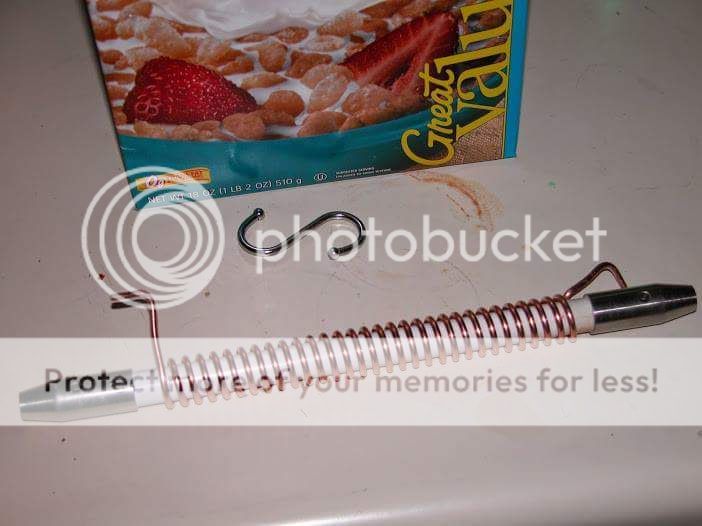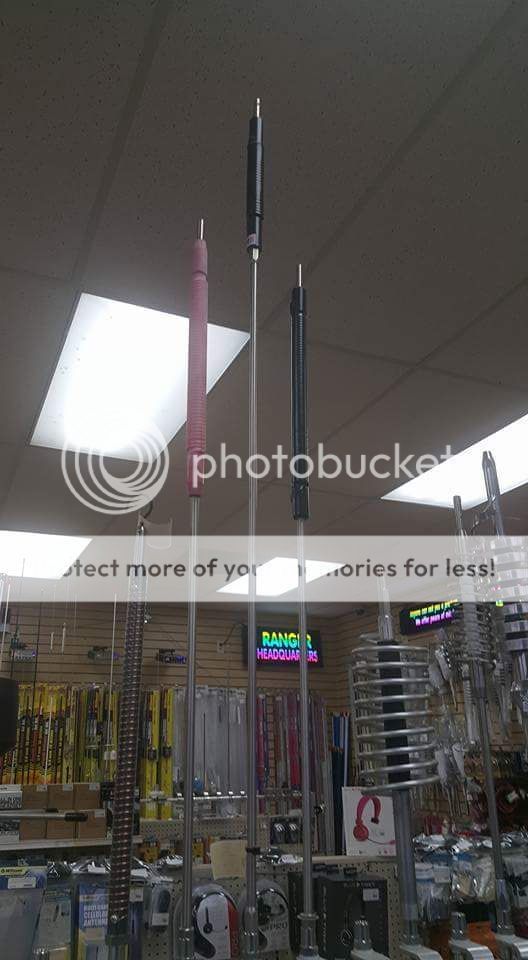A big base antenna made of aluminum with a radio with receiver sensitivity of .3 uv would have a difficult time hearing the same weak signal I could hear in my truck sitting under the base antenna with my copper antenna and .125 uv noise floor.
The antenna itself does not have a noise floor, that is a specification of the receiver. Just because you hear noise does not mean that that is the "noise floor", if you want to hear the noise floor then you unplug the antenna from the receiver and turn up the volume. You can even put a dummy load on the receiver if you want. The very quiet static if you hear any at all is the noise floor, or at least very close to it.
If you have an antenna that is picking up more noise than another then it is either more sensitive, or more likely is in an area that has more interference than the other antenna. In the case of a base antenna, you generally have both situations, for example, a base antenna is generally more sensitive than any mobile antenna (unless there is a problem with said base antenna) and will pick up noise from further away, such as a neighbors house. If you have a CMC issue, the feed line will act as an antenna, and if it passes near something that is emitting RF noise it is also more likely to pick it up. Further, I have an aluminum antenna on my roof, that conditions permitting, picks up no noise at all. Those are the nights where I make local contacts that are by far the furthest distance away than any other local contacts I make. If aluminum had a noise floor as you claim, this super quiet period would not be possible.
Most town/city environments today are filled with excess QRM (man made noise), and there is generally some QRN (natural noise) around as well, depending on conditions. Things like most wal-wart power supplies, cfc lights, florescent lights, plasma TV's and much, much more put out noise. If you have an electronic device today and it is plugged in (even if it is off) it is likely putting out some kind of RF noise that may well be part of the noise that you think is a "noise floor" for your antennas. Unfortunately that is the world we live in, and we just have to deal with it. Ironic isn't it? I wonder how much power annually per house in dollars gets turned into said noise...
The DB


